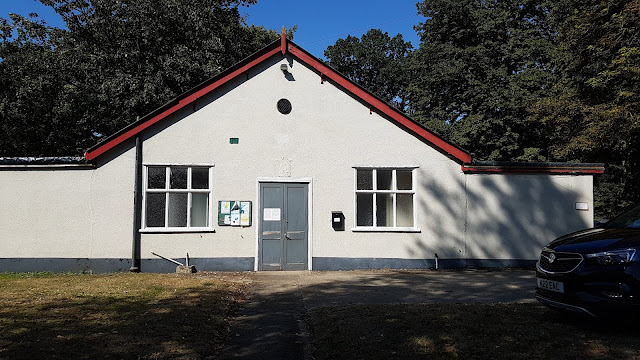Back at work now and its as if our holidays had never happened. Still it could be worse we are working a mixed system of 3 days from home and two in the office.
I didnt get time to post last weeks Boulmer visit. The weather was calm, dull and mild maybe with a hint of a south easterly breeze. Although not a classic day, there was enough to keep the interest up.
A few wildfowl were on the move with small numbers of Wigeon and Teal plus 6 Pintail and, scarce here, a flack of 7 Shovelers on the sea in the haven while another flew north with Teal. At least 7 Snipe were seen to arrive from high to the east during the morning. Its great to see these birds arriving after a sea crossing. 40 Common Scoter also moved N.
On the viz mig front, lots of hirundines were heading south intermittently with groups of say 100 House Martins and Swallows appearing then heading low along the shore leaving a quiet spell for a few minutes before another group would arrive. 4 Yellow Wagtails S and 1 on the shore might be the last I see this year.
Lots of waders were around but there was no trace of the Semi-Palmated Sandpiper I dipped by 5 minutes on the Friday evening. It would have been a great patch addition but at least Ive seen one in the county. This is the 3rd for Northumberland. . While scanning the waders for the Semi-P we had 300+ Dunlin, 20+ Sanderling, 14+ Bar tailed Godwit, 1 Knot, 2 Grey Plover.
A flock of 6 birds flying north just a bit too far in not good light were intriguing. I couldn't decide on Black Terns or Little Gulls, but 6 Black Terns here would have been unprecedented. They certainly weren't juv 'sterna' terns. A bit of revising convinced me that they were probably Little Gulls. So frustrating!
Later a brace of Skuas came low over the rocks, a dark adult Arctic and a juv or maybe first summer Long tailed Skua. The Long tail landed on the sea for a while allowing some scrutiny. Beside the Arctic it was very fragile and small looking.
We ended the morning with another 3 Arctic Skuas and a Bonxie.
Yesterday we were at Boulmer for first light. It was very quiet. Despite coving a good area by lunchtime we had little of note. It was mild calm and damp but birds were thin on the ground.
An adult Mediterranean Gull on the rocks was probably best or maybe the singles of Bonxie S, Sooty and Manx Shearwater N. 8+ Wheatears were the only passerines of note and after last weeks swallow fest we only had a few local birds remaining.
I scanned through 2000 Golden Plovers on Longhoughton Steel in good light hoping for a Lesser or a Dotterel but found neither. Later Ross Ahmed found a Dotterel with Golden Plovers at Monks House! What can you do?
Otherwise in the notebook were 21 Grey Partridges in one covey, 3 Grey Wagtails S, 2 Red throated Divers N and 2S. 28 Bar tailed Godwits in the haven was a good number.
Lets hope for a change in weather to jiggle things up a bit.























